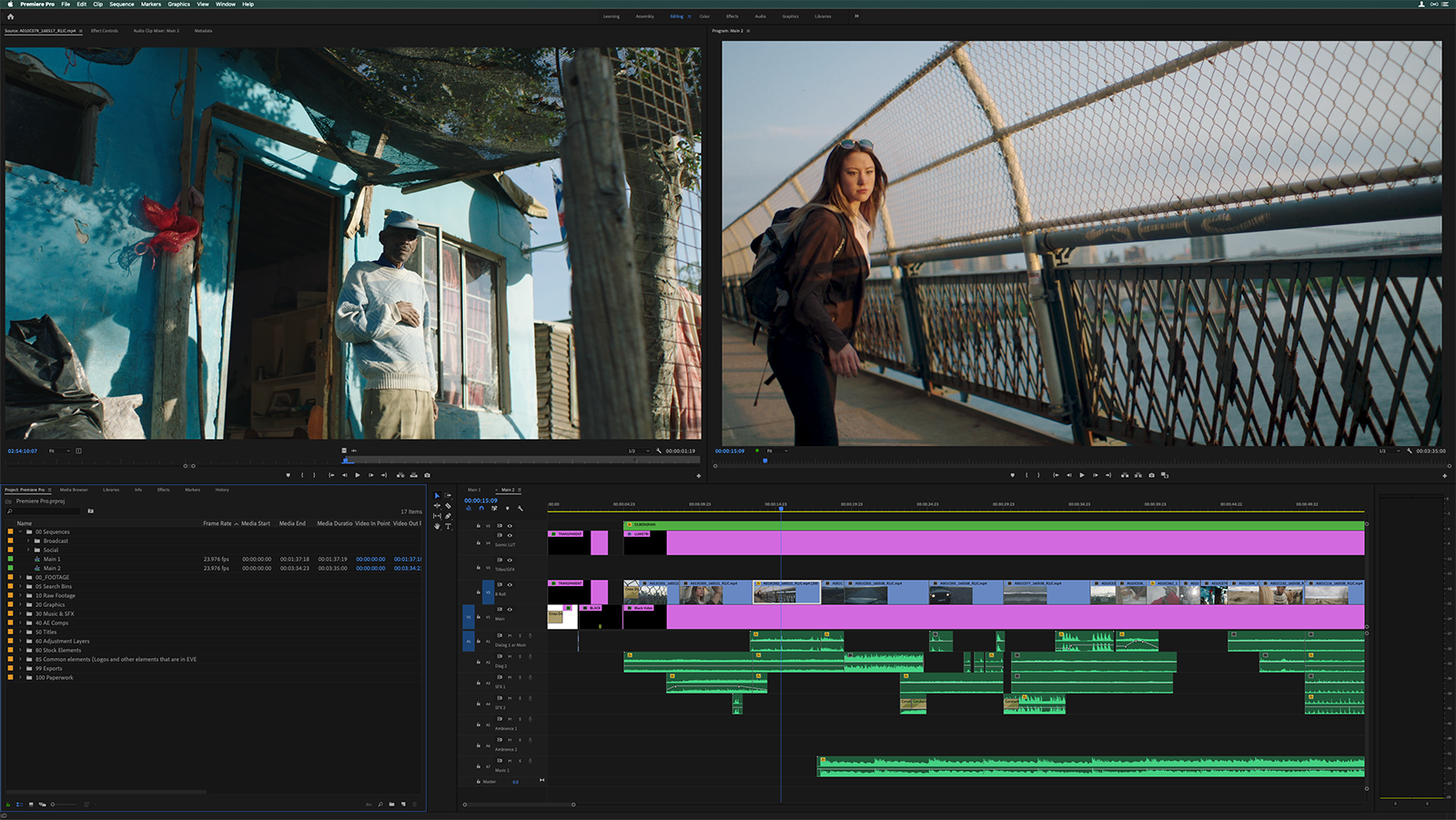 |
| Image Source |
Hello everyone! This week, our video topic centred around media compression, namely for video and audio. Compression is a way of shrinking files by discarding unnecessary detail. This allows for faster transfer of data, and increased storage capability. Data compression has allowed for services such as YouTube and Netflix to exist without using vast amounts of bandwidth.
Examples of video compression methods include framerate, colour palette, inter-frame coding, and lossy sound compression.
-Framerate – When displaying fewer frames per second, less data is needed to display a video file.
-Colour – Colours that aren’t very visible in the image may be removed to reduce size as they aren’t very noticeable.
-Inter-frame compression – Data that appears on multiple frames is deleted to remove redundant information.
-Sound – Audio frequencies that are not easily noticed by human ears are removed to ensure that the general sound is retained.
Compression is normally achieved by using codecs, software designed to compress and decompress different styles of media using a combination of methods. Once files are compressed, they are placed into files called ‘containers’, for example .mp3, .jpeg, and .mkv files.
Compression techniques often take one of two different forms: lossless and lossy. Lossless compression ensures that no data is lost in the process, making it useful for files that must hold their original form. Lossy compression on the other hand, reduces file size while getting rid of details in the process.
When using lossy compression, it is important to consider the trade off that occurs. If a video file is overly compressed, then it would create a blurry, unclear image. Conversely, if it isn’t compressed at all, it would be very large and unusable in most circumstances. Achieving a healthy balance creates a more pleasant viewing experience for the audience. There isn’t any single solution to this problem, as it depends on factors like the type of video, how it’s going to be viewed, and the service hosting the video file. Currently, H.264 is considered the best codec for web videos (Dacast.com, 2021), because it features wide compatibility across devices, and creates effectively shrunk files. However, codecs such as H.265 can potentially offer higher quality video at the cost of processing power required when decoding.
I think data compression is a versatile tool in our current digital age, as it allows for large chunks of data to be transferred efficiently. In addition, it has use in personal file storage, where files require less storage space on a standard computer once compressed.
References:
Dacast (2021) What is the best video codec for web streaming? [2021 Update] [online] Available from <https://www.dacast.com/blog/best-video-codec/> [accessed 24 Nov 2021].
Techquickie (2014) Video Compression as Fast As Possible [online] Available from <https://www.youtube.com/watch?v=qbGQBT2Vwvc> [accessed 24 Nov 2021].
Typical Gamer Moments (2014) Difference in Framerates | 60FPS vs 30FPS vs 15FPS vs 8FPS (Full HD) [online] Available from <https://www.youtube.com/watch?v=2Ds7EcJ2Ia4> [accessed 24 Nov 2021].

No comments:
Post a Comment